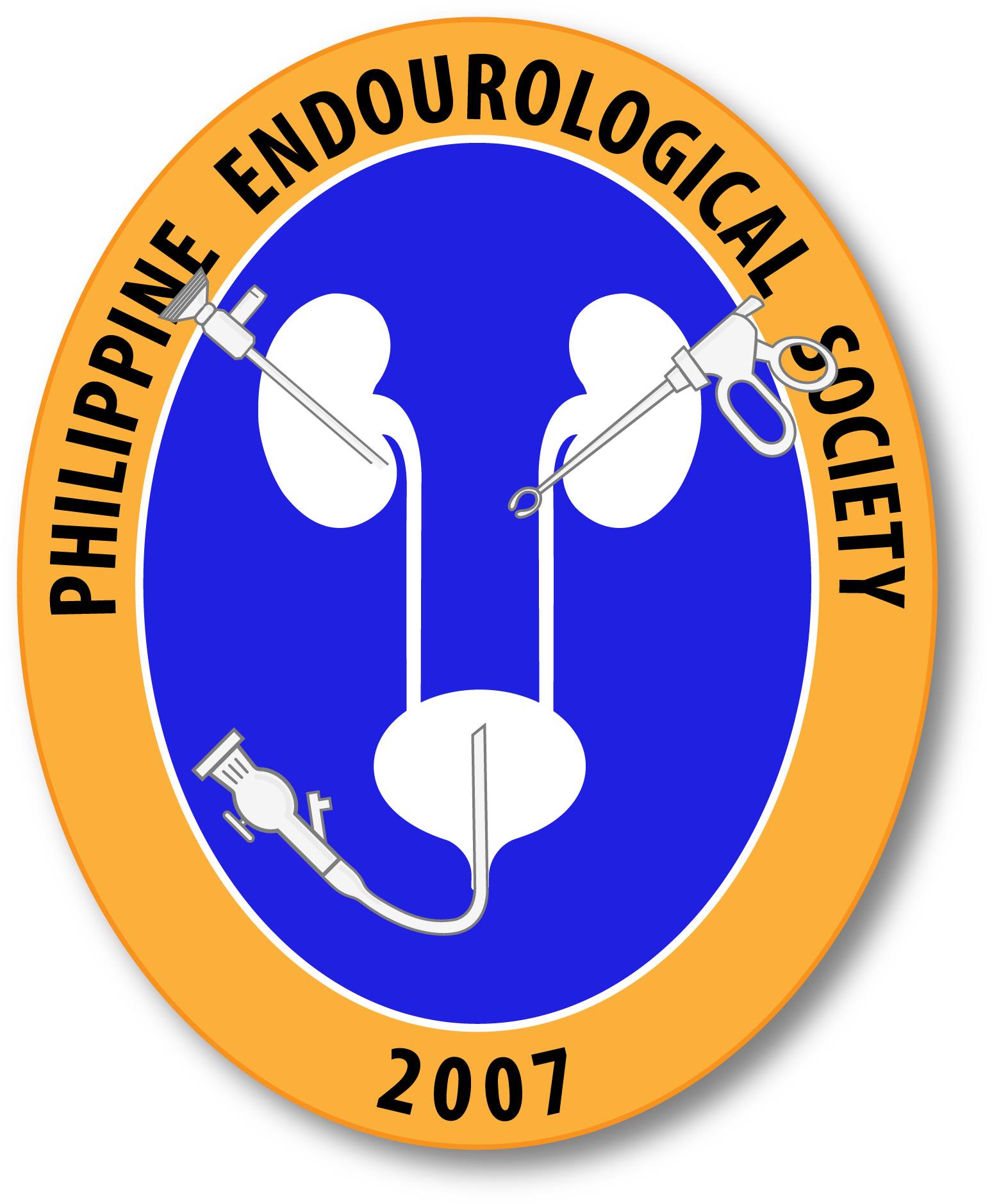A Cascaded Deep Learning-Based Artificial Intelligence Algorithm for Automated Lesion Detection and Classification on Biparametric Prostate Magnetic Resonance Imaging.
Prostate MRI improves detection of clinically significant prostate cancer; however, its diagnostic performance has wide variation. Artificial intelligence (AI) has the potential to assist radiologists in the detection and classification of prostatic lesions.
